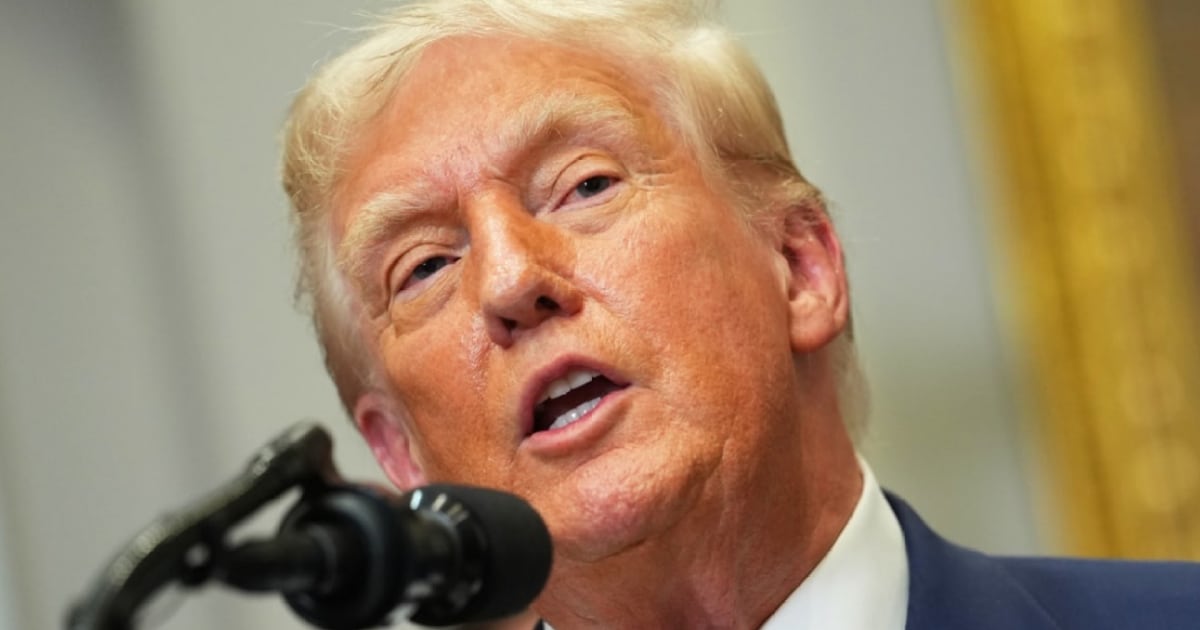Tariff Troubles: Expert Calls Trade Wars 'More Complex Than a 5D Rubik's Cube'

The ongoing trade tensions and tariff battles are leaving many Americans anxious about the potential economic fallout. President Trump's recent imposition of reciprocal tariffs on over 90 countries has further fueled this uncertainty. But just how complicated are these trade wars?
According to Natasha Sarin, a professor at Yale Law School and a respected finance journalist, the situation is incredibly intricate – so much so that she likened it to “a 5-dimensional Rubik's Cube.” This analogy highlights the multi-layered nature of the issues, the numerous moving parts, and the difficulty in predicting the ultimate outcome.
Why are tariffs so complicated?
Tariffs, essentially taxes on imported goods, are intended to protect domestic industries and encourage consumers to buy locally produced products. However, their impact extends far beyond that. They can trigger retaliatory measures from other countries, leading to trade wars that disrupt global supply chains, increase costs for businesses and consumers, and slow economic growth.
Professor Sarin's analogy points to the interconnectedness of these factors. A change in tariffs in one country can have ripple effects across the globe, impacting industries, businesses, and consumers in unexpected ways. The '5 dimensions' likely refer to the diverse elements at play, including:
- Geopolitical relationships: Trade is often intertwined with political alliances and strategic interests.
- Industry-specific impacts: Tariffs don't affect all industries equally; some are more vulnerable than others.
- Consumer behavior: Higher prices due to tariffs can alter consumer purchasing habits.
- Global supply chains: Modern manufacturing relies on complex, international supply chains that can be easily disrupted.
- Long-term economic consequences: Trade wars can have lasting effects on investment, innovation, and economic competitiveness.
The Current Landscape
President Trump's recent tariff actions reflect a broader trend of protectionist policies aimed at leveling the playing field for American businesses. While proponents argue that these measures are necessary to address unfair trade practices and protect jobs, critics warn of the potential for economic harm.
The impact on American consumers is already being felt, with higher prices for imported goods. Businesses, particularly those that rely on imported components or export their products, are facing increased uncertainty and challenges.
Looking Ahead
Navigating these complex trade dynamics requires careful consideration of the potential consequences. Professor Sarin's analogy serves as a stark reminder of the challenges involved. Resolving trade disputes and fostering a stable global trading environment will require diplomacy, cooperation, and a willingness to find common ground. The future of the global economy hinges on our ability to untangle this '5-dimensional Rubik's Cube'.
Experts are advising businesses to diversify their supply chains, explore alternative markets, and carefully monitor trade developments. Consumers should be prepared for potential price increases and adjust their spending accordingly.
Ultimately, the tariff turmoil underscores the interconnectedness of the global economy and the need for a more nuanced understanding of the complex factors that shape international trade.






